Wildlife Artist Shalese Sands Makes Her Mark with Scratchboard
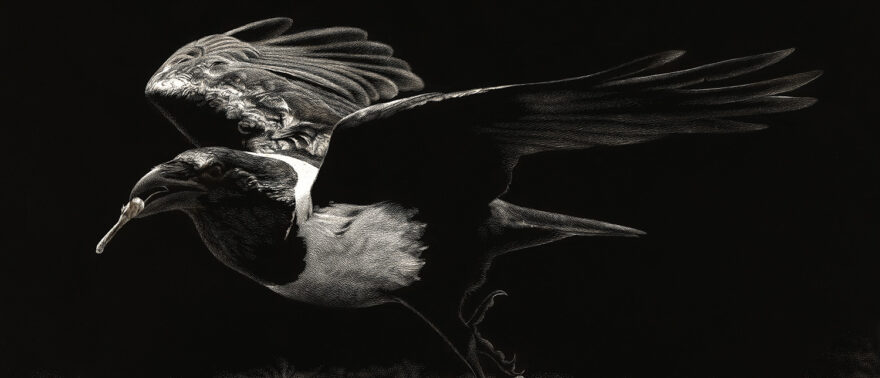
Scratching the Surface: Once wildlife artist Shalese Sands tried her hand at scratchboard using the right materials, she quickly discovered there was no limit to the level of detail she could achieve.
When Shalese Sands first experimented with scratchboard in a high school art class, she was intrigued but unimpressed. She used an X-Acto knife and nibs to mark into a layer of black ink applied over glossy cardstock paper, removing the ink to reveal lighter lines and areas. “You can only go so far before you start scratching the paper itself,” she says. “It’s limited what you can do with materials of that quality.” Fast forward to 2013, when the artist was reintroduced to the medium in an online artist forum. The meticulously made scratchboard art being posted caught her attention. She learned that most of those artists were using a scratchboard surface by Ampersand—very thin, 1⁄8-inch-thick hard boards coated with a thin layer of kaolin clay. “That’s the white we see in the final image; it’s basically like porcelain,” she says. “The black layer over that is India ink.” Sands decided to purchase a few boards to try out and was hooked right away. “It cuts like butter, and the detail I could achieve was awesome,” she says. “There’s no paper to scratch through underneath.” Getting the right materials was a game changer.
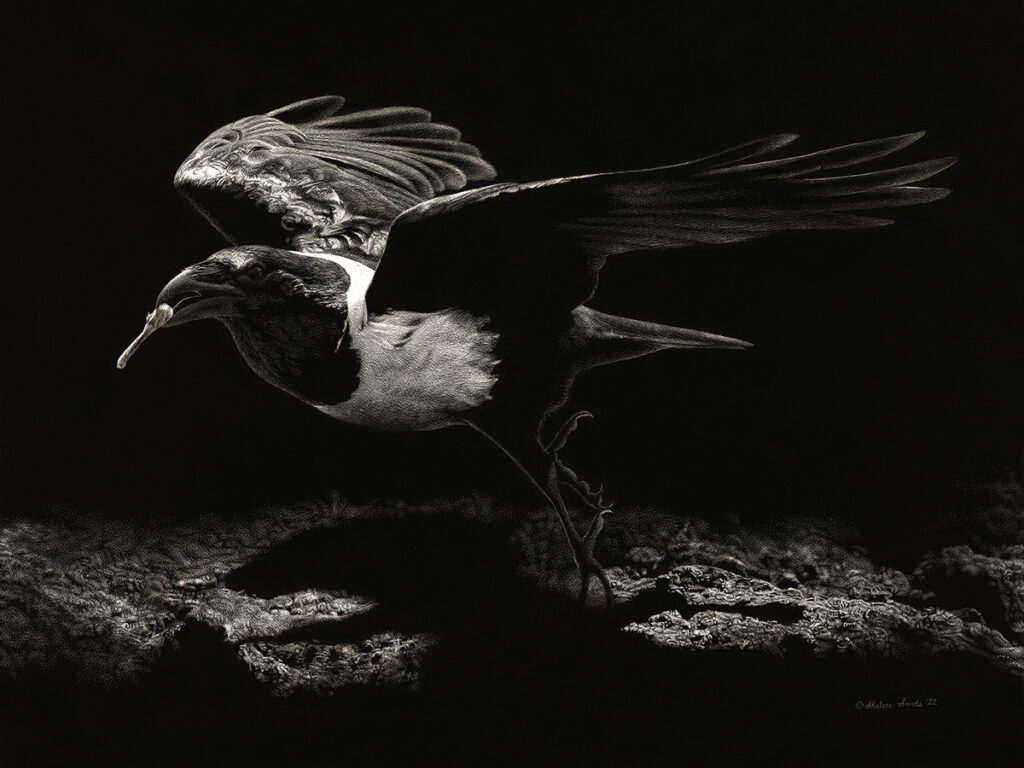
Tools of the Trade
Sands has done paintings and drawings of wildlife using more traditional media, but she has been able to achieve a higher level of realism in her scratchboard work.
When working on scratchboard, there are several different tools one can use to lift ink, including fiberglass brushes, tattoo needles and craft knives, but Sands works almost exclusively with an X-Acto knife. “I’ve tried many tools but I’ve kept coming back to it,” she says. “I really like that I can get all the textures I need, and I’ve learned how to use it to get all the effects that I want.” Sands observes that a No. 11 X-Acto blade seems to be the preferred tool for most scratchboard artists.
In terms of the blade, the artist had been using metal ones almost exclusively before recently investing in ceramic blades, which don’t wear out nearly as quickly as the metal blades. Whereas she might typically go through four metal blades to complete a single work, the same number of ceramic blades might last her an entire year.
Another benefit to a ceramic blade is that it has less “bounce” and a sturdiness that lends itself to Sands’ technique of using just the tip of the blade to lift ink from the board. “When I’m trying to pick out a tiny area, if the blade bounces and flings itself a little too far, it can mess up an area I’m trying to handle delicately,” she says. “A ceramic blade gives you more control—and I’m very much a control freak.” Occasionally she’ll use a curved scalpel to more efficiently remove larger sections of ink when she wants more white to show.
Selecting a Varnish
Finishing her completed scratchboards with spray-on varnish is a critical step that protects the sensitive surface from accidental marks once a piece of scratchwork is done, but it’s also a point of stress. “Varnishing is the bane of all scratchboard artists,” Sands says. “When it goes well, it looks great, but when it doesn’t, all of your work and effort can be ruined.”
The choice of finish is an important one. “Matte is problematic because there’s a high chance of it creating a cloudy appearance that’s hard to get rid of,” Sands says. “Glossy is a bit too shiny for my liking.” Sands’ choice is Krylon UV-resistant satin varnish, because “it has a nice shine to it but it’s not overbearing,” she says.
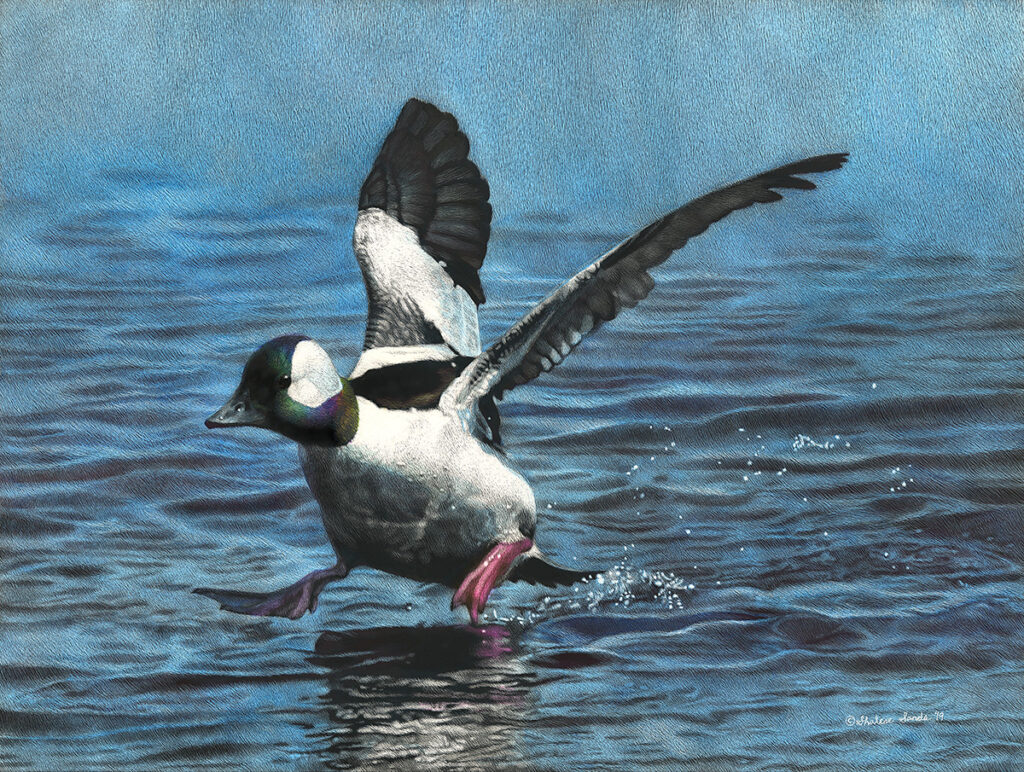
Back to Black
Many artists who haven’t worked with scratchboard before often assume the medium affords little room for error, but that’s a misconception. “Scratchboard is actually a lot more forgiving than one might think,” Sands says. “The Ampersand scratchboard is a sturdy surface that can handle corrective techniques. It makes any mistakes much easier to cover up.”
Sands uses an airbrush to recover areas that have been overscratched, becoming lighter than what she’d intended. It’s useful for other adjustments as well. “I’ll airbrush over an area that’s too light to make it a little darker, or I’ll just keep rebuilding the section and then rescratch those areas,” she says. “If you want to work only in black, you can use basically any India ink. I use Ampersand inks, however, because that’s the same ink used on their boards.”
Although Sands works primarily in black, it’s also possible to add color to a scratchboard (See her piece, Walking on Water, opposite). Some artists even use watercolor in their work. For tiny touch-ups, Sands favors Faber-Castell Pitt markers, with brush nibs. “It’s like India ink, but in marker form,” she explains.
The Light Show
In all of Sands’ work, whether painting or scratchboard, what she’s really after is dramatic light, particularly side lighting and backlighting. “Anyone who has traveled with me knows how obsessed I am with capturing it,” she says. “Muted and diffused lighting has softer effects that can be just as powerful, but I gravttate toward the more visually dramatic.”
The artist found a phrase she’d written down in a sketchbook: “Evoking the sublime through the power of light.” She feels these words represent the epitome of her art. “Especially with scratchboard—what you’re doing is showing light. You’re carving out the light in a piece,” she says. “It’s all about the light.”
Stefanie Laufersweiler is a freelance writer and editor living in Cincinnati, who has been writing about art and artists for many years.
For more about Shalese Sands and to see more of her work, check out the March/April print edition of Artists Magazine, where this story first appeared.
Feel free to check out these stories for more about scratchboard art:
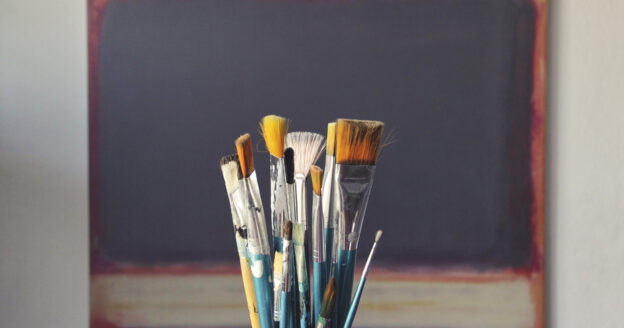
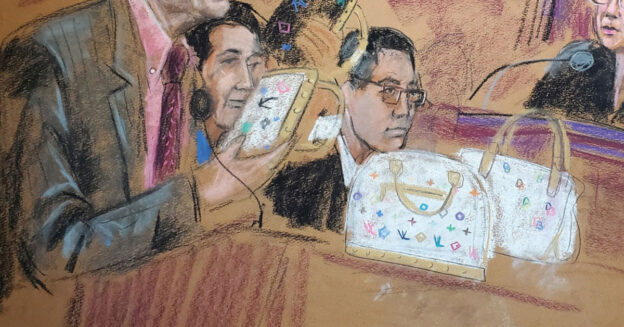
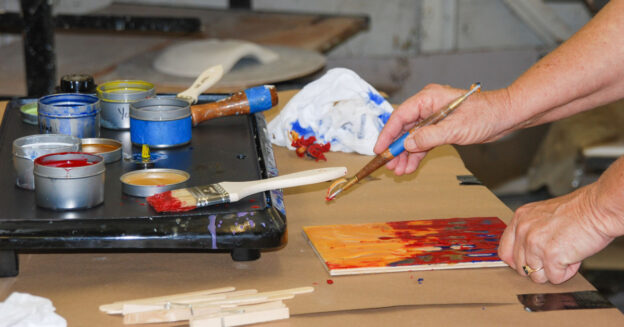
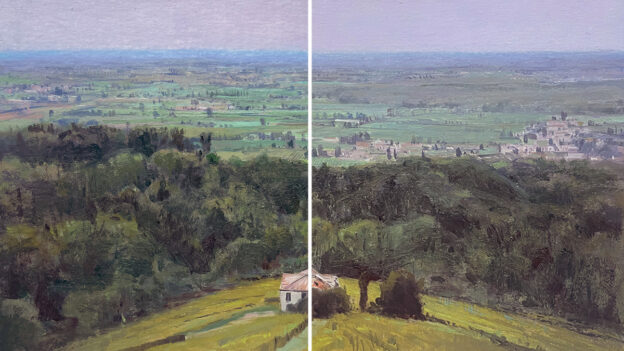

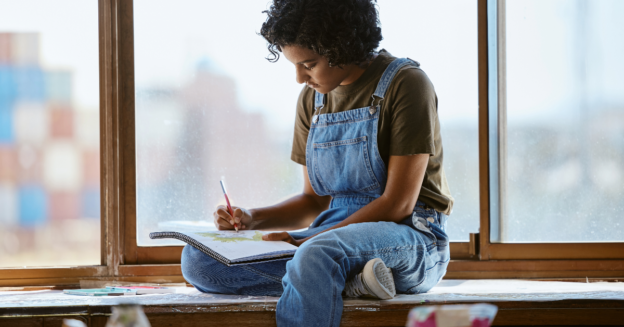
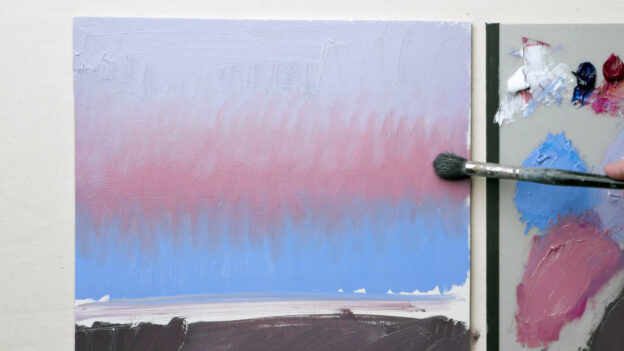
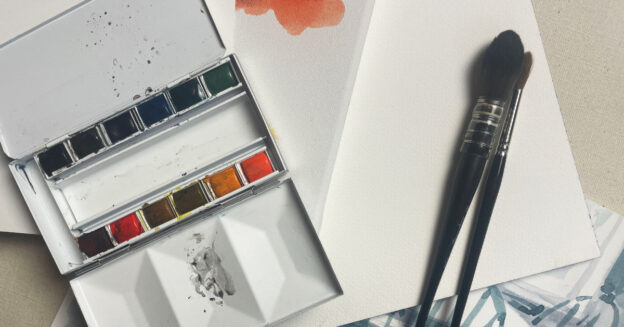

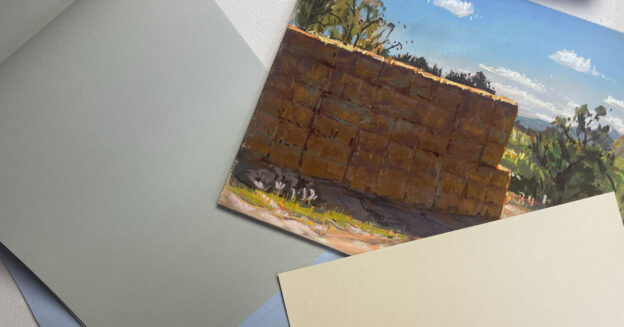
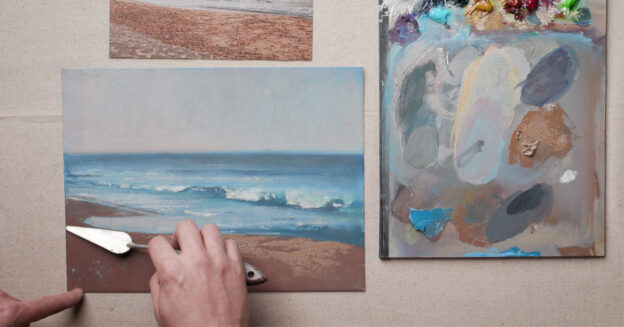
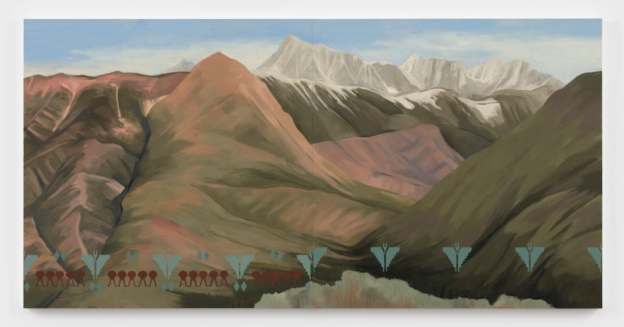
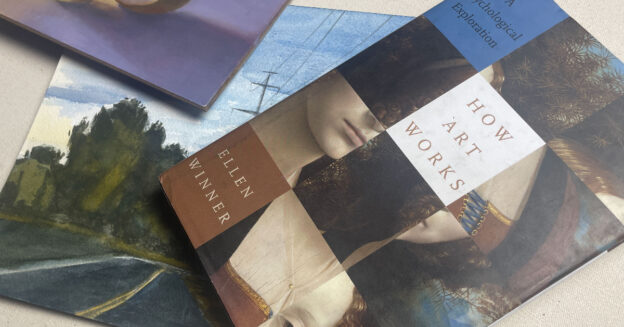
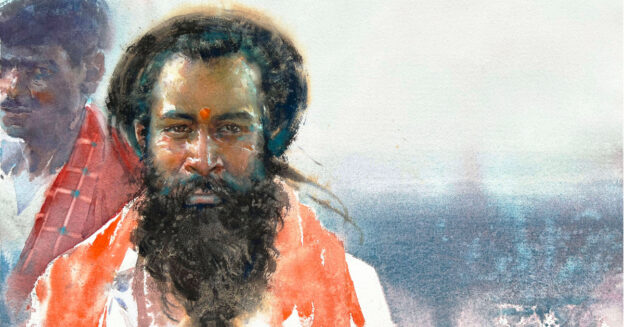

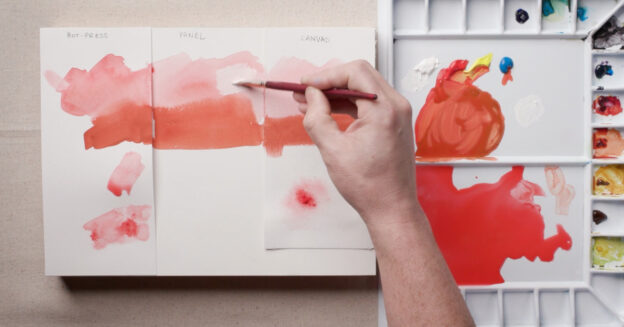
Join the Conversation!